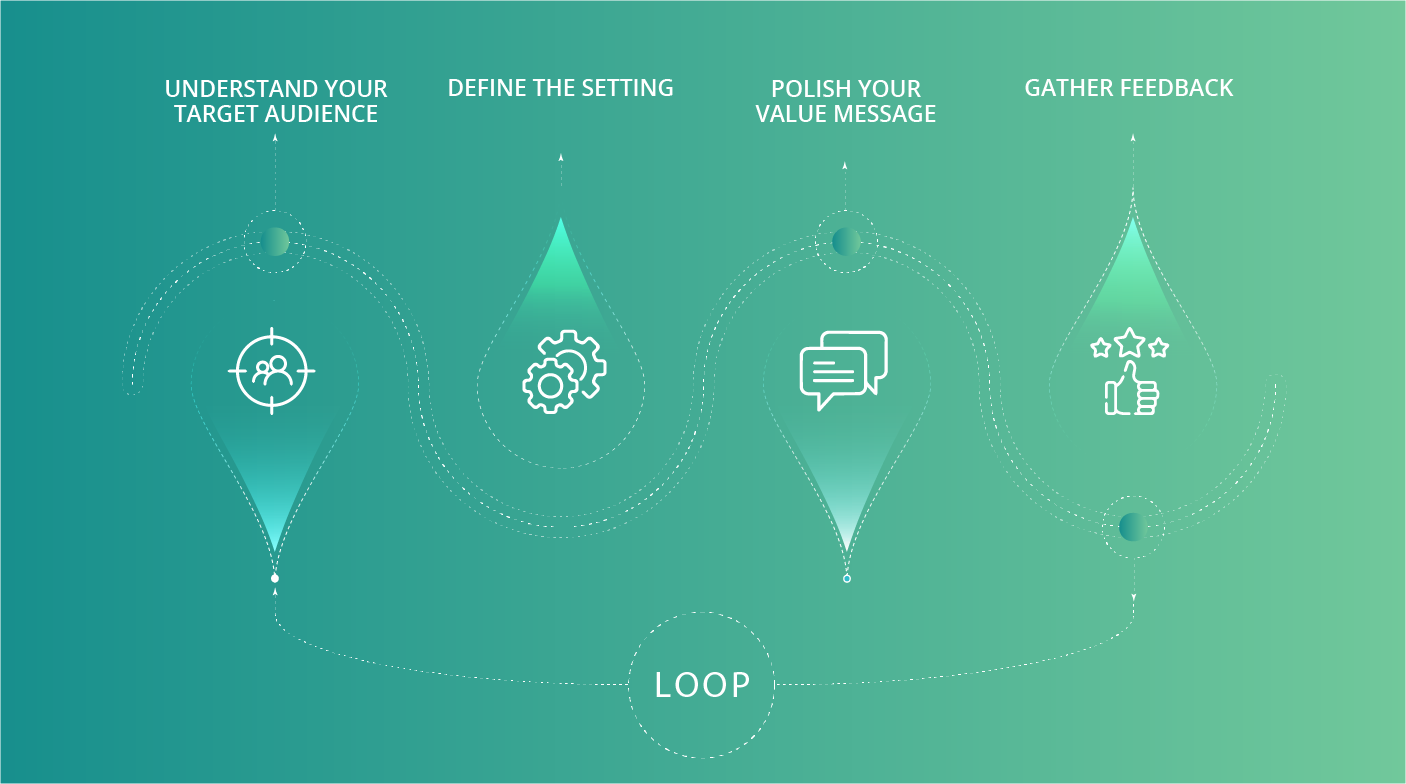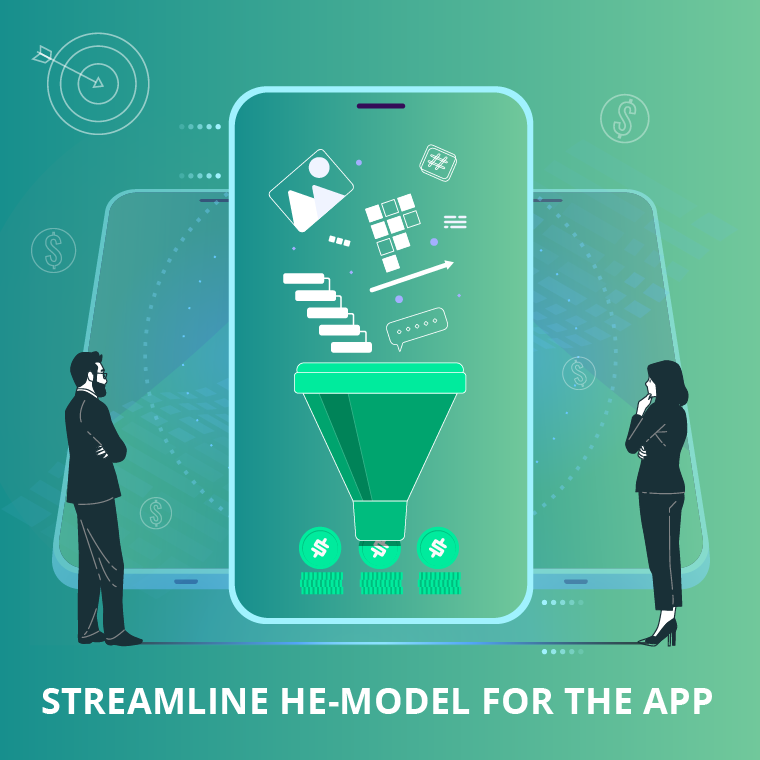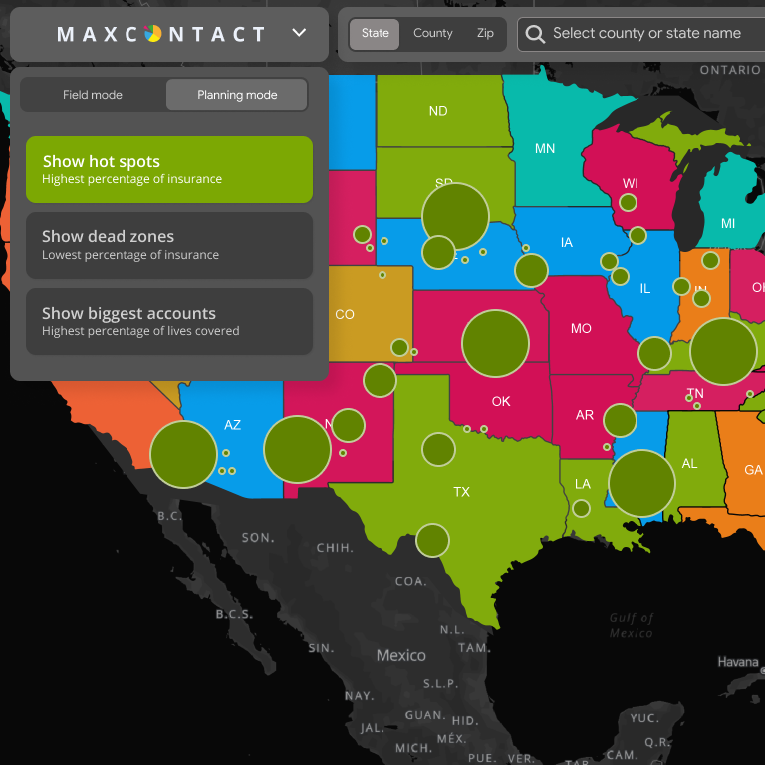As pharmaceutical companies strive to introduce their products to the market, communicating their value proposition to the payer is critical. Payors must be persuaded of the benefits of the product to justify the cost. In this article, we share a practical guide on how to create a persuasive value communication through an app, using the case study of medicine against dry eye syndrome.
Crafting a Persuasive Value Communication: Key Mistakes to Avoid
When creating valuable communication for a payer, the content is of utmost importance. To make a compelling case, it is essential to focus on the most relevant data, use clear and concise language, user-friendly design, and cutting-edge technologies. Additionally, providing evidence-based information and highlighting both clinical and economic benefits is critical. It is essential to tailor the content to the payer's needs and decision-making criteria, which can vary depending on the individual. By presenting a clear and concise message, payers are more likely to understand the value proposition and make an informed decision.
To achieve a persuasive value communication, it is crucial to avoid common mistakes.
For instance, the most common mistakes include:
- Being too long-winded, resulting in the main value being lost amidst a sea of sub-points
- Being too generic, failing to emphasize the unique value that sets one's product apart
- Using overly emotive language, which can be perceived as more suitable for marketing than scientific communication
By avoiding these common mistakes, value communication can more effectively communicate the product's value proposition and improve the chances of securing payer support.
Custom-built apps: The key to conveying complex HEOR content
Custom-built apps have revolutionized the way healthcare information is presented to payers. According to a survey by DrFirst, 93% of providers believe that interactive and visual content makes it easier to understand complex information. In addition, a study published in the Journal of Medical Internet Research found that interactive technology can improve patient engagement, resulting in improved health outcomes.
Moreover, a survey by Veeva Systems revealed that 86% of payers prefer interactive and visual content. Payers are busy professionals (as all of us are) and often have limited time to review lengthy and complicated documents. By using an interactive app to present information, the user is more likely to engage with the content, leading to better comprehension and retention.
At Modelate, we recognize the importance of user experience when presenting complex health economics researches & outcomes as far as we are not just developers or designers. We love hearing from our clients that we speak the Healthcare language at an advanced level.
Through the apps we streamline the HEOR models, making them more interactive and engaging. By creating custom-built apps, we can tailor the content to the specific needs of different payers, ensuring that they receive the most relevant and compelling information. This results in more effective communication of the value proposition, leading to better health outcomes for patients.
Here are the key steps to rebuild a health economics model from an Excel-file to a persuasive app:

-
1) Identify the key stakeholders and their specific needs:
-
Understanding the decision-making criteria of different stakeholders, such as payers and healthcare providers, is crucial to building an effective and persuasive app. Conducting research and collecting feedback from stakeholders can help in identifying their specific needs and concerns.
-
2) Choose the right content and data:
-
Effective communication requires selecting the most relevant and compelling data that supports the value proposition of the medicine or treatment. The data should be presented in a clear and concise manner, and visual aids such as infographics and videos can be used to convey complex information. As a source, we take the value dossier slides, and complex economic models in Excel and transform it into a very understandable and recognizable thing.
-
3) Design an engaging user experience:
-
The user experience of the app is essential in keeping the stakeholders engaged and focused. The app should be user-friendly, easy to navigate, and visually appealing. The use of interactive elements and animations can make the app more engaging and effective.
-
4) Build the app with the right technology:
-
Building an effective and persuasive app requires the use of the right technology. We can:
- build self-standing apps
- integrate them into the client’s ecosystem, or
- store them on our Value Communication Platform.
Modelate's platform enables the customization of content and data to meet the specific needs of different stakeholders and is designed to make the app more persuasive and effective.
5) Test and refine the app:
-
Once the app is built, it's essential to test it with different stakeholders to identify any areas for improvement. Gathering feedback and refining the app based on this feedback can help to improve its effectiveness and persuasiveness.
By following these key steps, rebuilding a health economics app from Excel to a persuasive app is possible. The use of the right content and data, an engaging user experience, and the right technology can help to create an app that effectively communicates the value proposition of a medicine or treatment to different stakeholders.
Impress with the Design, Persuade with the Prooves: Our Solution for Value Communication of the Dry Eye Syndrome Medicine
Now it’s time to get into the case itself. For the medicine against dry eye syndrome, we developed an app for the budget impact model (BIM) and used our platform for the slide deck of the value dossier.
Our platform makes it possible to customize the content for each payer and present all the data in one place. The app and platform provide a comprehensive value communication tool that is designed to be impressive and persuasive, while also being supported by robust evidence.
In this video, you will see a budget impact calculator that allows you not to overload your audience with the complicated Excel model but still let them get the essence of it.
Watch the video to see how convenient it is to store the value dossier on the value communication platform.
We were able to provide the payer with an engaging and interactive presentation of the data, helping them understand the value proposition better. The app and platform provided a compelling and evidence-based case, while also being customizable to meet the payer's needs. The result was a more informed decision-making process and a higher likelihood of acceptance by the payer.
Summary
In conclusion, creating a persuasive value communication through an app can be a powerful tool for pharmaceutical companies looking to introduce their products to the market. By following the key principles of clear and concise content, user-friendly design, and interactive elements, companies can engage payers and make a compelling case for their products.
If you are interested in learning more about how Modelate can help you with your value communication needs, please, don’t hesitate to contact us.
Back to other articles
